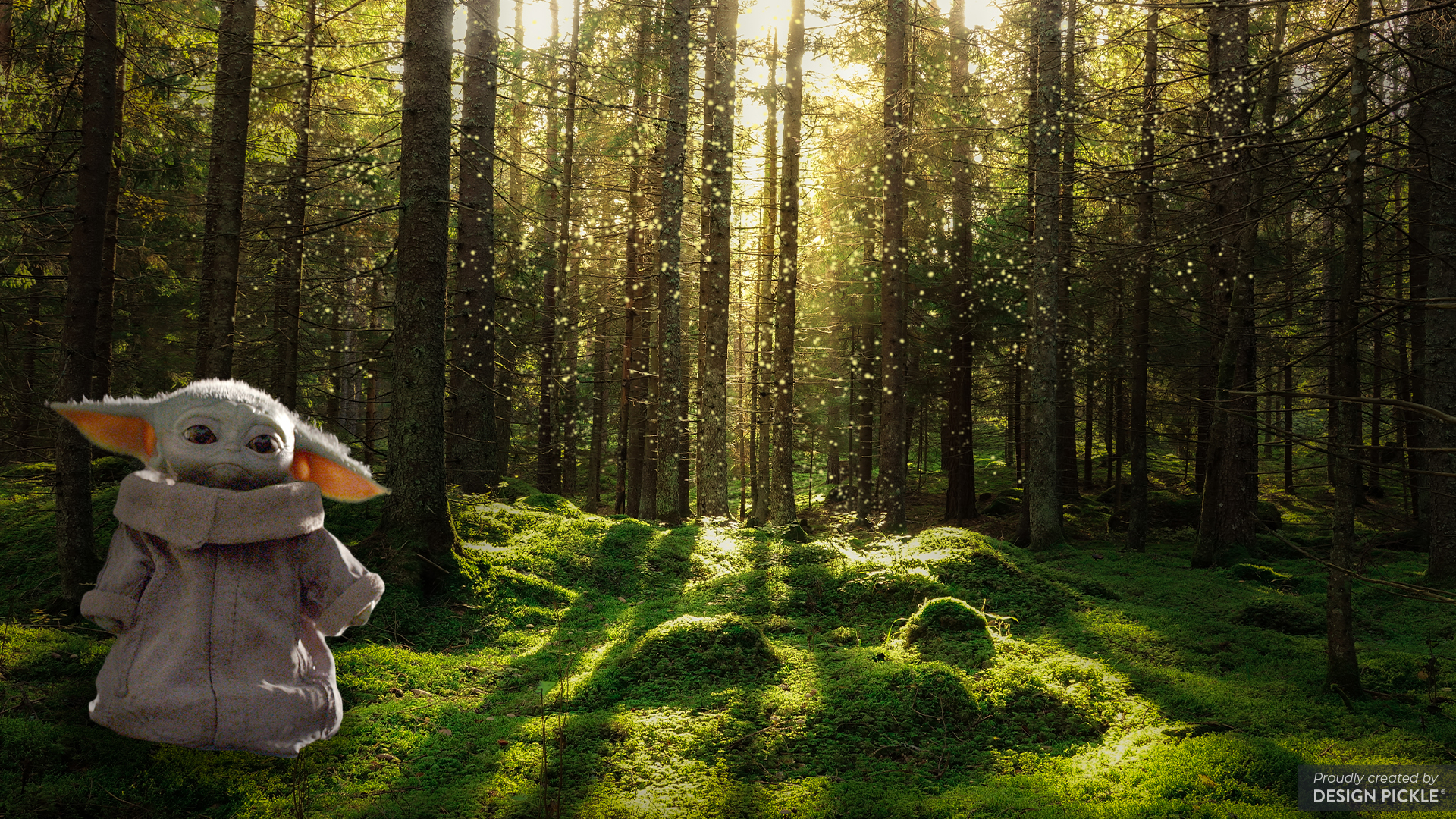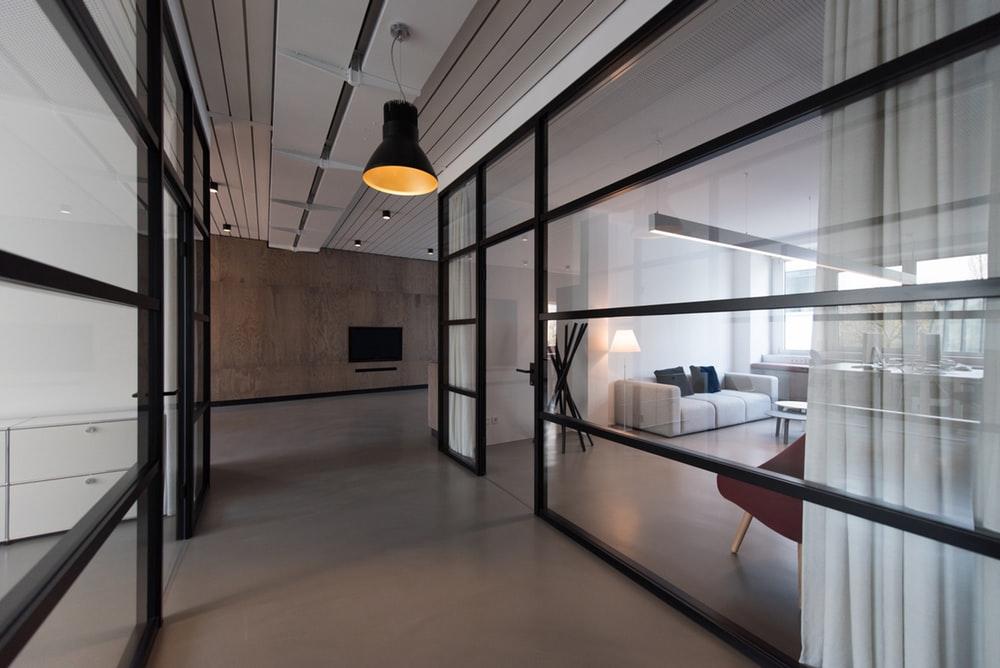


How could I turn a boring bookcase into something that felt multi-dimensional? How could I make the overall experience warm and inviting for someone on the other end whether I was recording a podcast with a best-selling author or meeting virtually with a client at work? This experience was a forcing function of creativity.īefore and after test shots. I had to work within my constraints which was a fun challenge.

The biggest “a-ha” moment for me, and really where I spent the most time, was iterating my background decor. YouTube How to Nail Your Zoom Lightingīefore taking Kevin’s course I thought the majority of the look was from the quality of the camera. He compares it to artifacts exhibited at a museum or an artist at a concert – in either case the lighting is intentionally used to make you focus on the subject. He teaches how using lights even above you and out of the frame can make you look three dimensional rather than you just blending in with your background. Kevin explained how on an average webcam everything is viewed sharply and it’s too much information for us to process. “The next essential thing is lighting – and I tell people that more lights is more important than more light because it helps you create depth in the shot.” Altneratively, you can use the headset that came with your iPhone and that will sound better than your laptop’s mic.

The hardest thing to do is to listen to bad audio, so get rid of using the mic on-board your laptop and invest in an external microphone so you can be heard clearly.”Īt this point you can grab a serviceable USB microphone for around $50 so there’s no excuse to sound muffled. “The first thing you need to do is remove the things that would actively push people away from you. He even offers guidance on how to make improvements using what you already have for those getting started on a tight budget, or no budget at all. In Kevin’s course, he simplifies the tech and accessories you need to purchase by providing options and tiers of investments. “You know the Steve Jobs theory of not spending brain power on what you’re going to wear every day? Similarly, you don’t want to use your willpower spending hours on your tech setup, lighting, and acoustics,” he explained


 0 kommentar(er)
0 kommentar(er)
